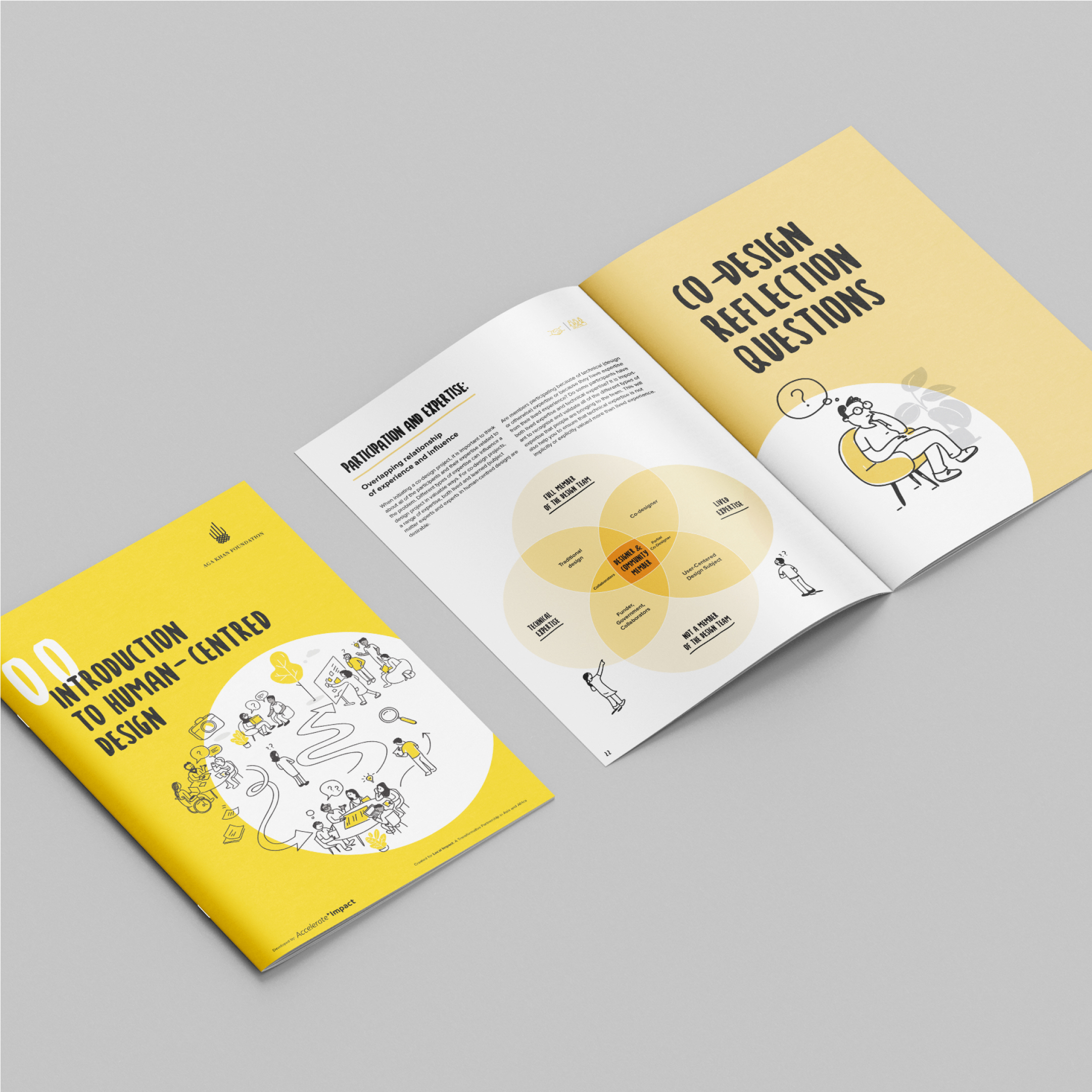
On common ground: Can agriculture and conservation coexist in the mountains of Central Asia?
Mountain ecosystems are increasingly fragile to the effects of climate change. Finding a balance between agricultural and environmental needs – for communities to be both food secure and climate resilient – is critical
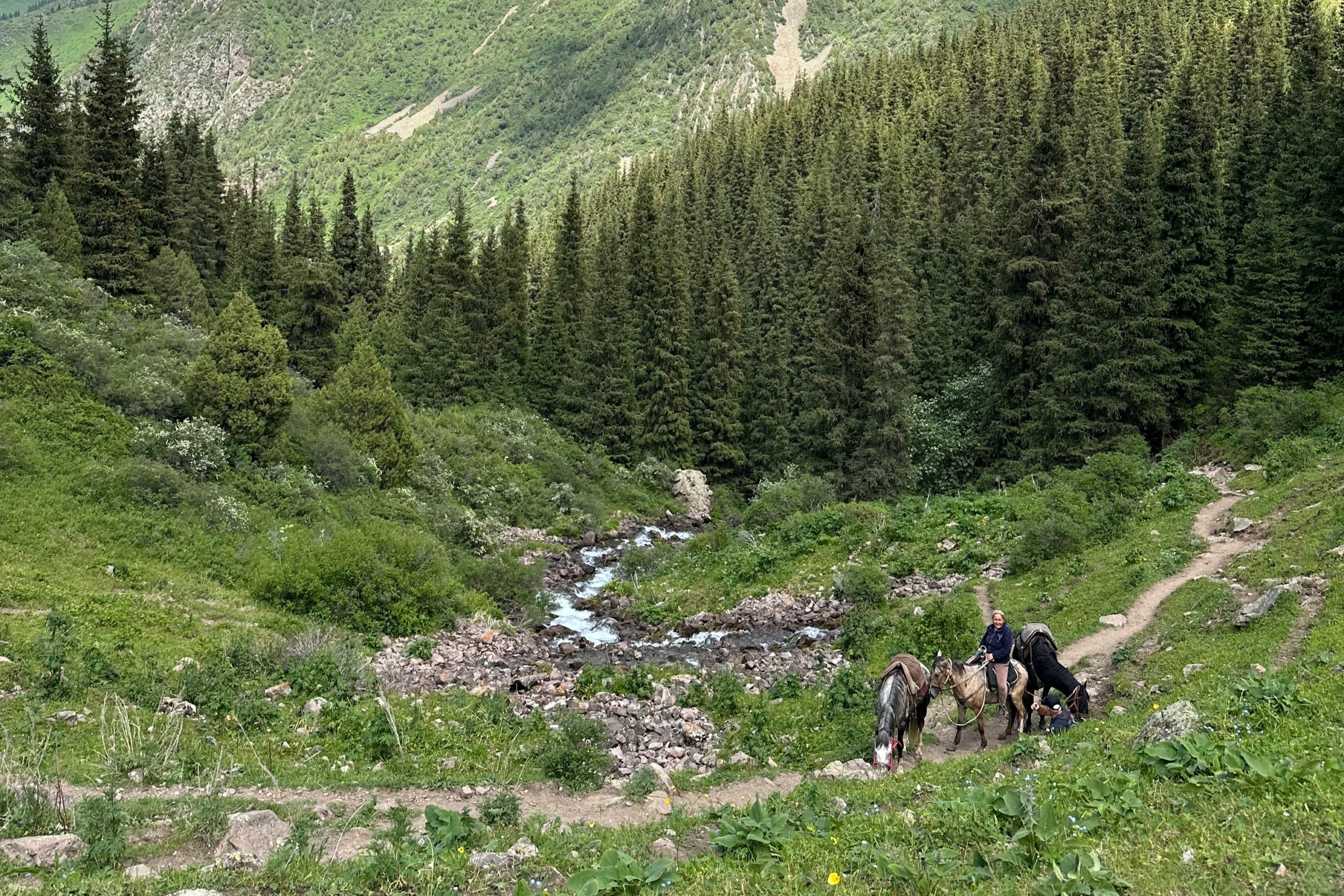
A green oasis amidst vast stretches of desert and plains, the Kyrgyz Republic’s towering mountains, and the communities who call them home, face an increasingly uncertain future.
Set against a backdrop of expanding human activities and a warming planet, sustaining both mountain communities and the ecosystems they depend upon is a delicate challenge – one defined by a seemingly irreconcilable impasse between modern agriculture, biodiversity conservation and environmentalism.
As one expert puts it, “agriculture is the biggest enemy of forests”.
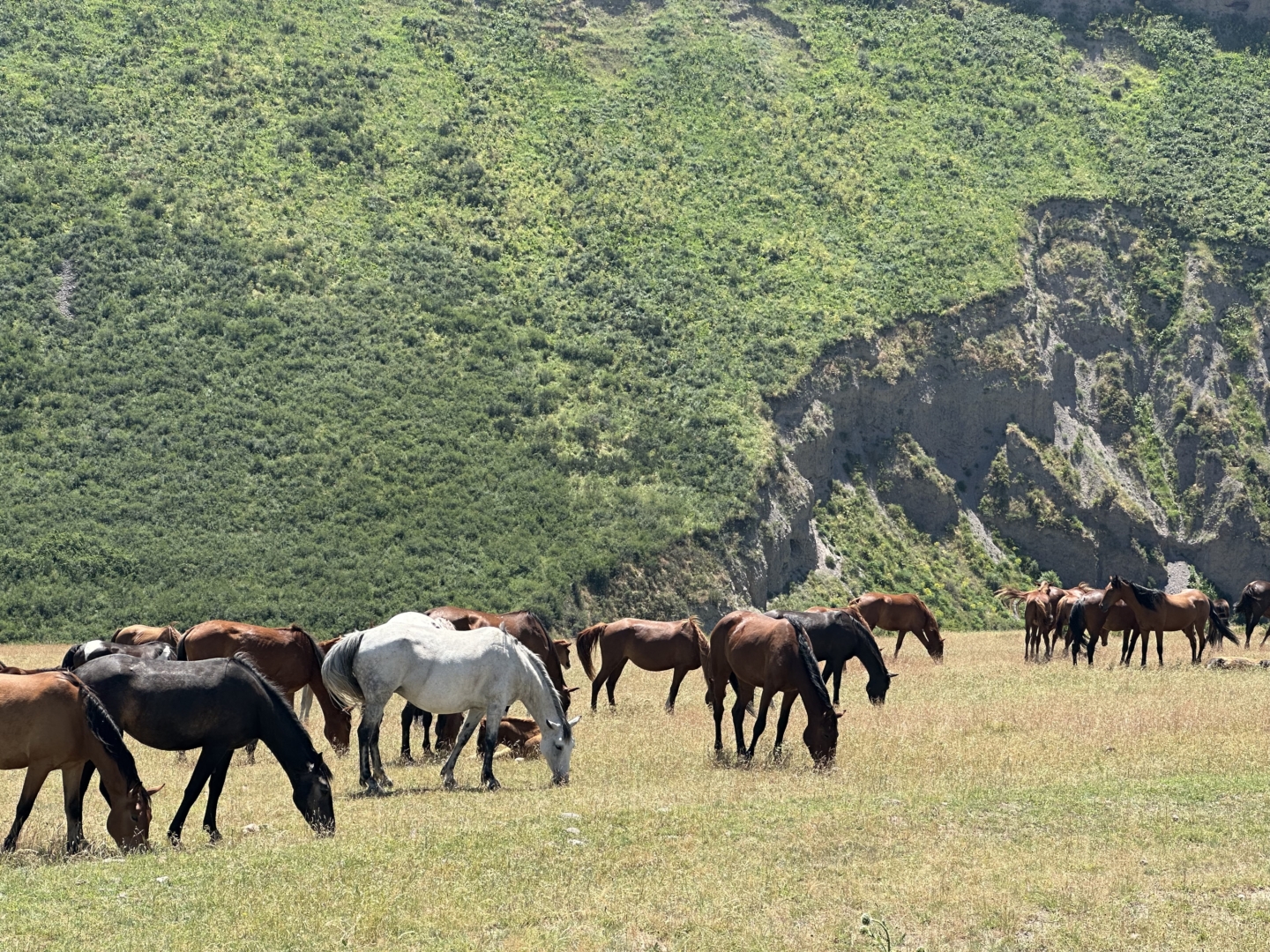
Having long raised alarms about the impacts of deforestation and forest degradation in mountainous regions – where tree loss leads to soil erosion, disrupts water cycles, and threatens biodiversity – ecologists and researchers are increasingly concerned about how these changes affect mountain communities.
Without forests to stabilise the land and sustain a microclimate, glacial melt accelerates, and the risk of landslides increases – making deforestation harmful not only to ecosystems but also to the lives and livelihoods of local people.
And while Kyrgyzstan’s mountain forests were once felled en masse for Soviet construction projects, today they’re being encroached upon to make space for grazing cattle. According to Our World in Data, agriculture remains the leading driver of deforestation worldwide, with forests being cleared for grazing and cropland. So, is it possible for agriculture and conservation to coexist in the mountains of Central Asia?
Finding balance
‘Agriculture versus forestry’ is a view that not everyone is partial to. “This is part of the problem we have; environmentalists will not acknowledge that people have to live and grow food,” says Apoorva Oza, AKF’s Global Lead in Agriculture, Food Security, and Climate Resilience.
Traditionally an agrarian society, about 40% of the Kyrgyz Republic’s labour force – many of them among the rural poor – participates in the agricultural sector. Forestry, too, plays a significant economic role where, according to a 2020 World Bank report, forest products in the Kyrgyz Forest Fund contributed 11.3 billion soms (roughly $130 million) to the national economy in 2018, accounting for about 2% of GDP.
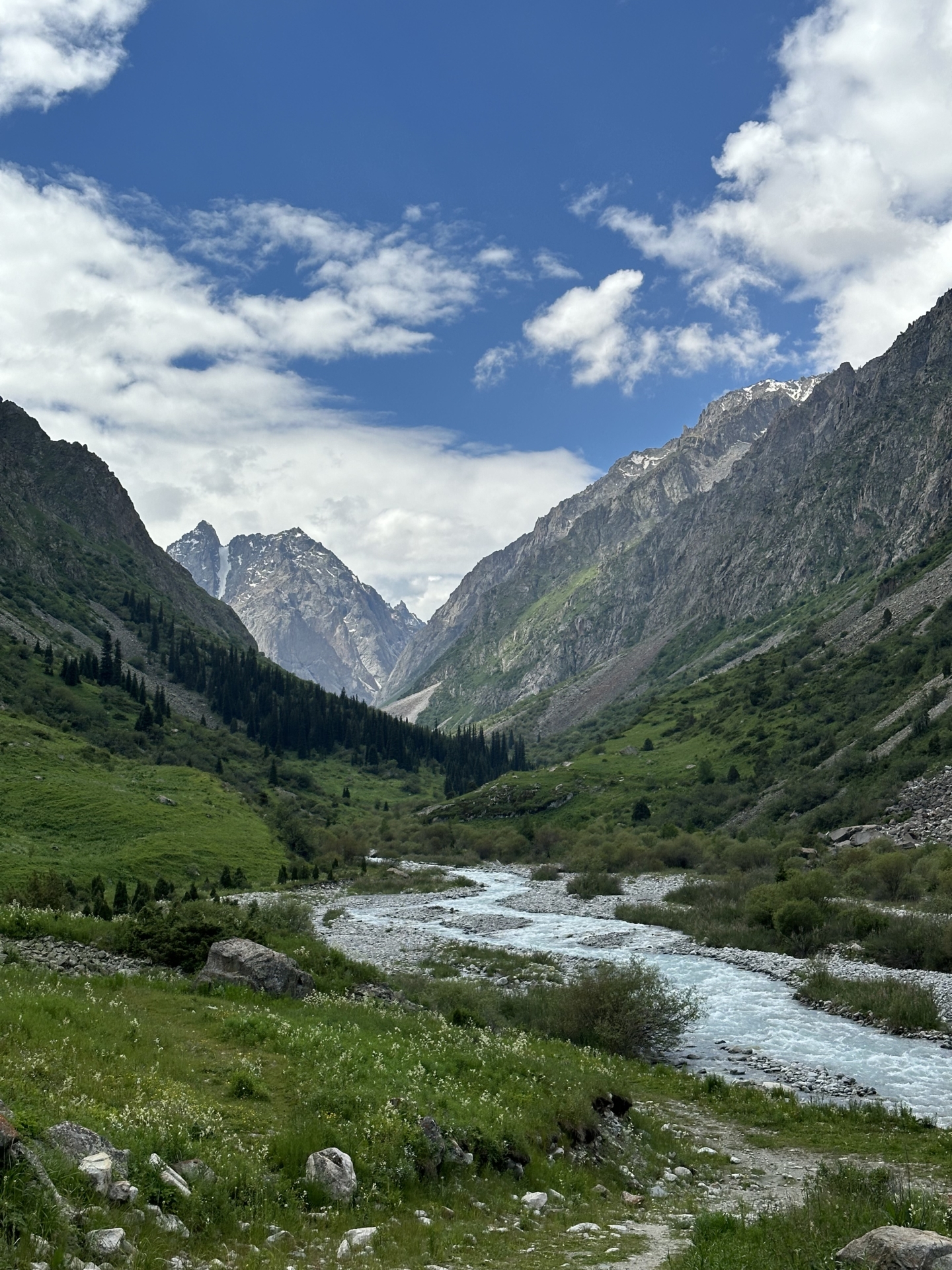
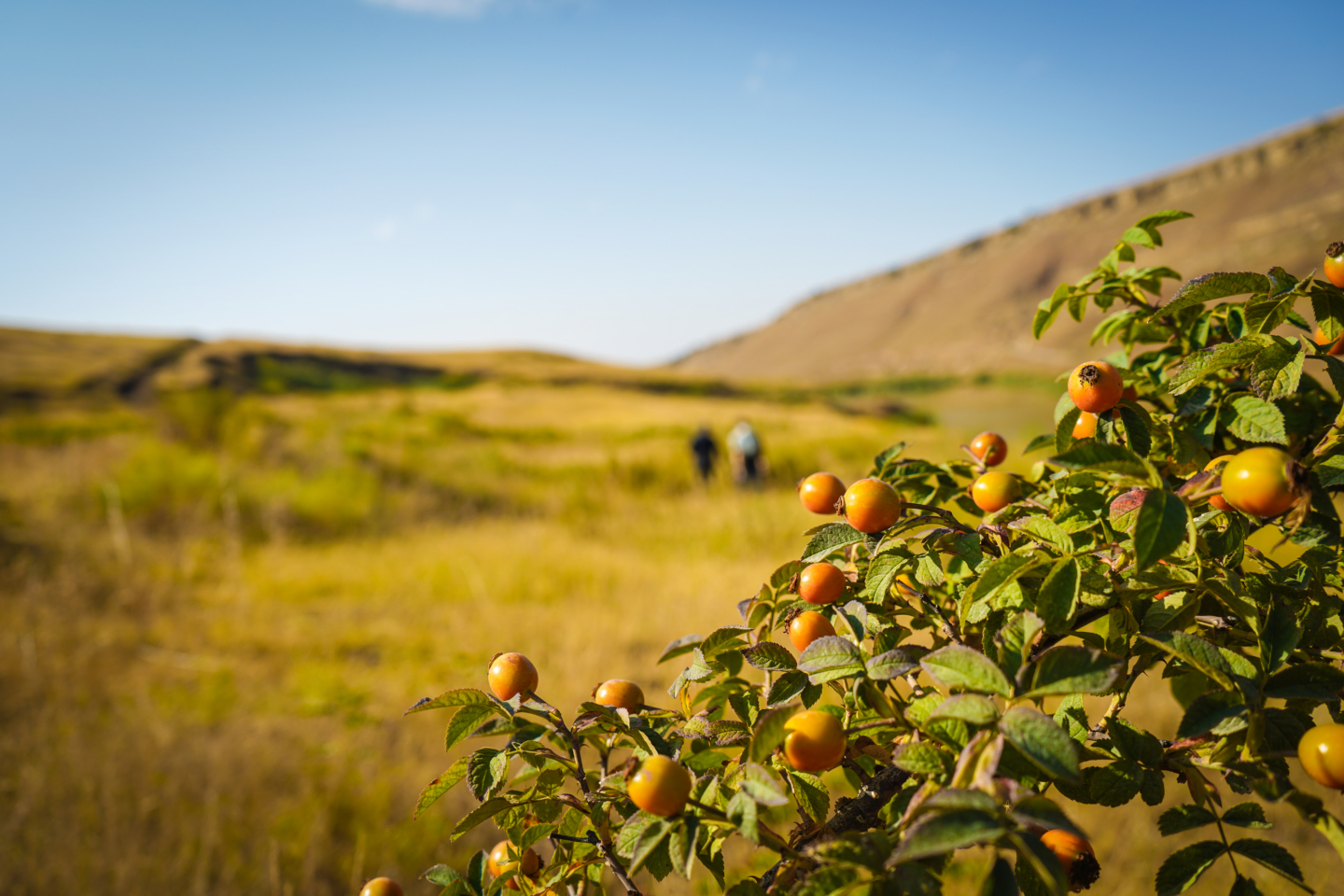
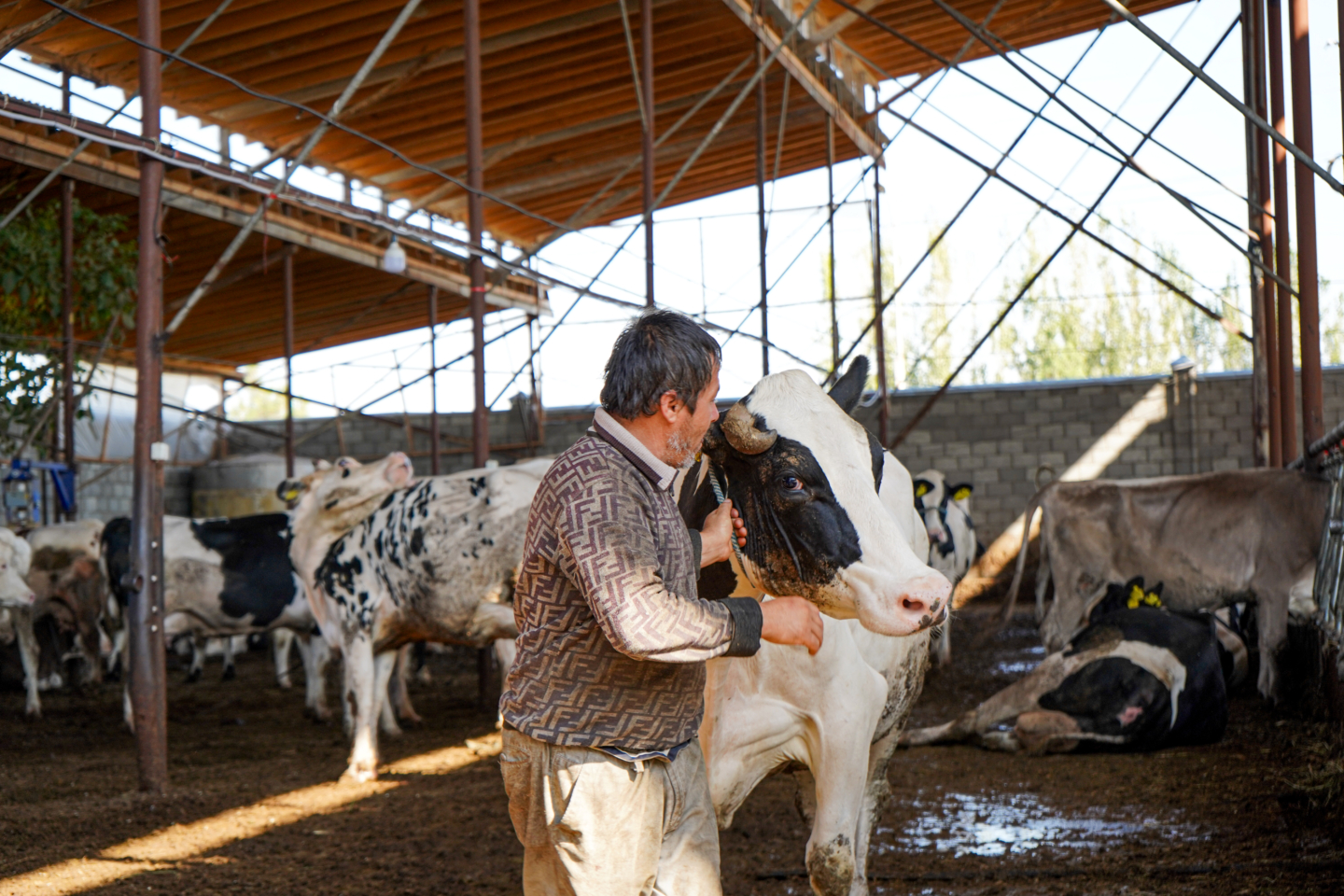
These figures highlight the deep connection between mountain biodiversity, natural resource management, and local economies – and underscore the balance required to support both farmers and forests, while ensuring long-term sustainability for communities and ecosystems alike.
Oza argues that achieving this balance requires a holistic, multi-pronged approach; one that integrates sustainable agriculture, fosters alternative economies, and strengthens climate resilience. Only by addressing these interconnected challenges together, he suggests, can a truly sustainable future be secured.
“The whole to the part”
Reflecting on the notion that environmentalists and agriculturalists are at odds, Oza quips that this division stems from a reductivist mindset.
It is an attitude, he believes, that atomises knowledge and leads to tension between livelihoods – as experts have indicated. “So,” Oza emphasises, “foresters know forests, agriculturalists know agriculture, livestock [farmers] know livestock. Everybody knows their part.”
That sector specialists focus only on their area of expertise, combined with an approach to agriculture that prioritises productivity and promotes monoculture, has further resulted in ecologically harmful practices.

Chemical pesticides and fertilisers, while improving yields, are also known to contaminate groundwater, deteriorate soil quality, and degrade forests. Yet the well-intentioned people who worked hard, stayed up nights, and did scientific research [to develop these practices], Oza argues, overlooked how their specialisation might affect the ecosystem and contribute to agriculture’s significant impact on the planet: “they didn’t see the intersectionality”.
“If you go back to traditional healing systems – nobody heals you in parts. All these systems are the ‘whole to the part’.”Apoorva Oza, AKF’s Global Lead in Agriculture, Food Security, and Climate Resilience
It is why Oza believes that understanding the broader context and viewing the world as an interconnected whole – a view often embedded within indigenous worldviews and practices – should be prioritised over the study of individual components.
“If you go back to traditional healing systems – the Indian Ayurveda or Chinese medicine – nobody heals you in parts. All these systems are the ‘whole to the part’.”

He notes that if we are to strike a balance between the needs of both agriculturalists and environmentalists, it is essential that the farmer is recognised as being multifaceted: raising cattle makes them a pastoralist, growing crops makes them an agriculturalist, and planting trees makes them a forester. In essence, the farmer encompasses all of these roles.
Marrying scientific rigour with indigenous knowledge systems
With an estimated 1.7 million cattle in the Kyrgyz Republic, a large proportion of the country’s land area – 94% of which is mountainous – serves as pasture for grazing.
Eliorbek Ahmadjanov, a Kyrgyz agriculturalist and veterinarian, believes that shifting from livestock quantity to livestock quality will reduce the negative impact of cattle on the country’s mountain forests.
It is why he’s taken up providing artificial insemination services to a number of livestock farmers, who, with superior quality cattle, can enhance the quality of milk and meat and earn a higher income from fewer livestock. With less cattle, the pressure on pasture lands and mountain ecosystems is reduced.
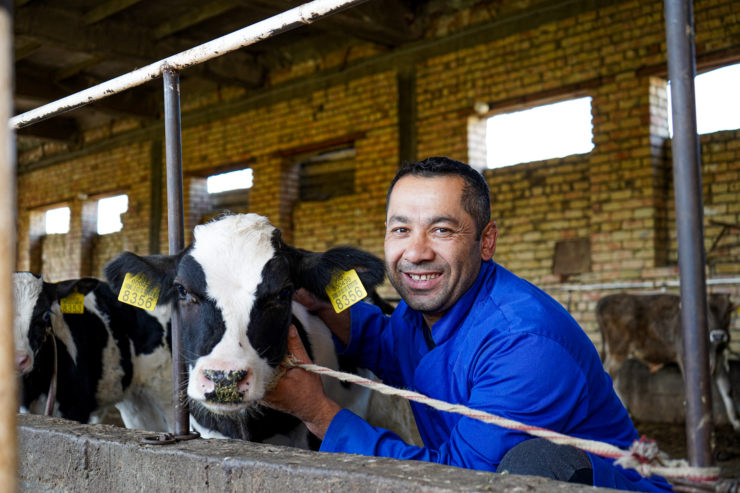
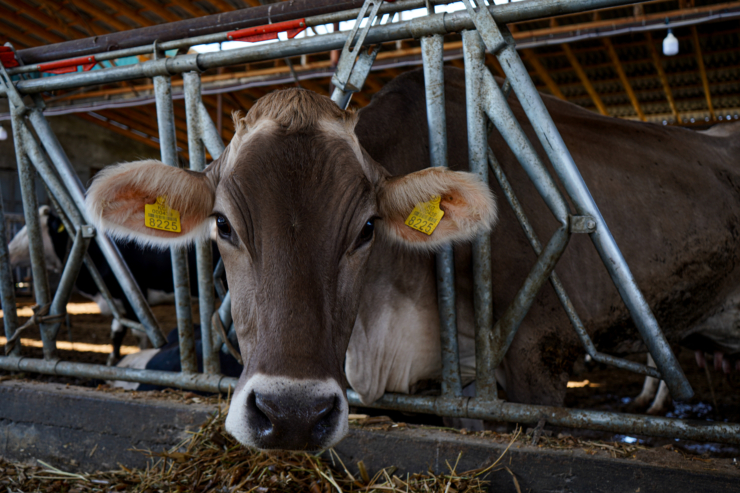
“I’m aware that livestock is really bad for soil quality, and that it leads to soil erosion and exhaustion… that’s why applying artificial insemination and raising awareness is important – so that people understand that instead of keeping ten cows, keep three or four. Same income, but less damage. So, from quantity to quality.”
Ahmadjanov’s practice is an example of how agriculturalists and AKF’s climate experts, working iteratively, have integrated an evidence-based scientific approach with indigenous knowledge systems to improve upon and contextualise farming. It’s an approach that Oza describes as “marrying traditional knowledge with scientific rigour”.
To advance sustainable agricultural practices, however, Oza argues that “We need a marriage of these two systems.”
“So you have an indigenous knowledge system that is deeply holistic, combined with a reductive yet evidence-based and experimental approach,” says Oza. Reflecting on the legacy of siloed thinking, he adds, “But we made it binary: either this or that.”
To advance sustainable agricultural practices, however, Oza argues that, “we need a marriage of these two systems.”
By taking into consideration both the needs of local farmers and the impact of climate change on mountain forests, through a holistic approach to agriculture, farmers are emerging as key players in enabling forest restoration and the drive to protect and maintain mountain ecosystems – while producing yields and keeping people fed.
“Understanding the whole, and reminding us of intersectionality,” warns Oza, “is key as we move ahead. Otherwise, we’ll make the same mistakes.”
Related News & Stories

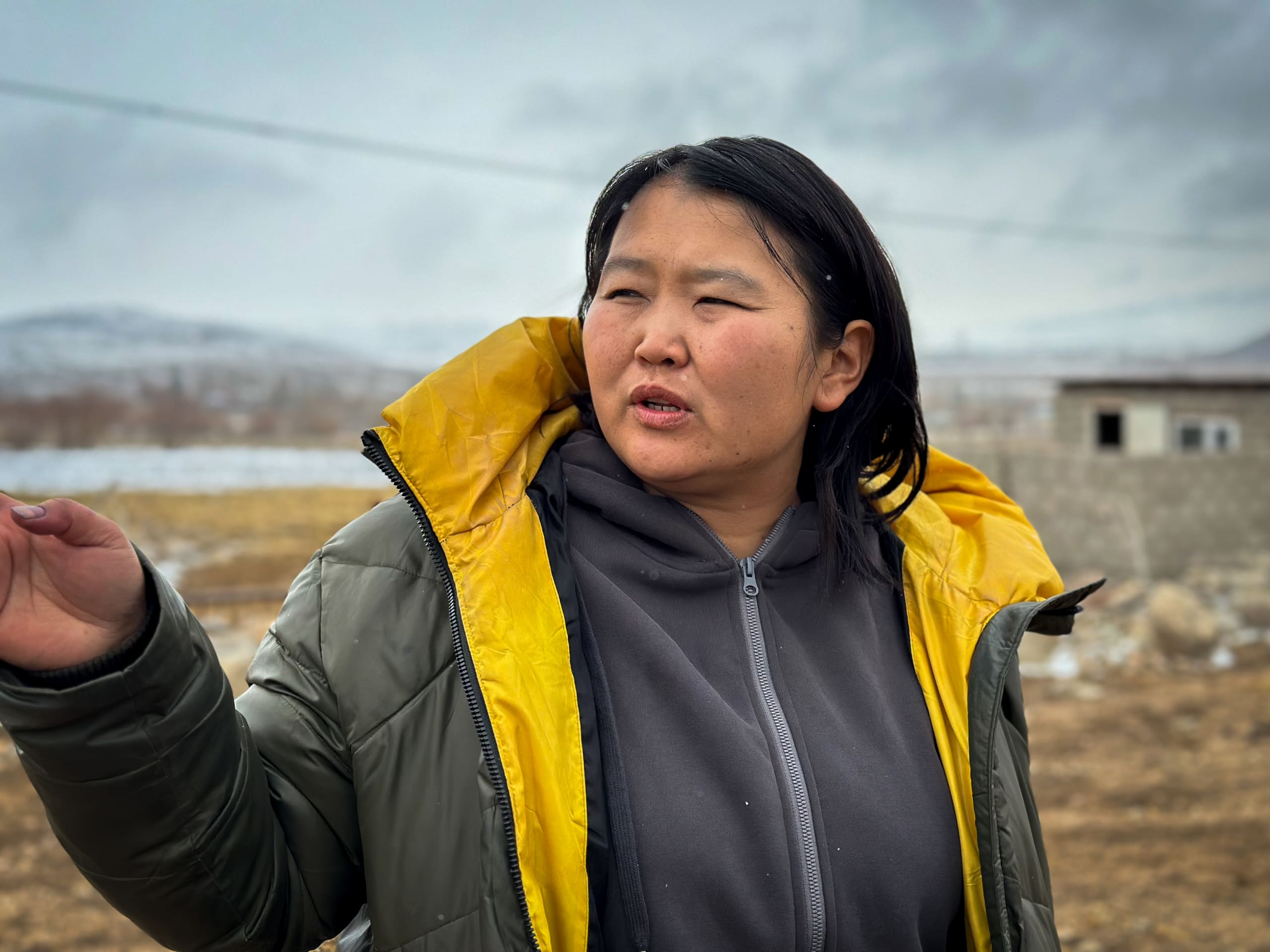
Building climate resilience: How eco-innovators are reducing water stress in the mountainous Kyrgyz Republic

“We haven’t run out of water, but we are going to”

Promoting teacher leadership for climate resilience

A new green chapter in the Kyrgyz Republic’s 100 years of education

Impact Odyssey 2.0: The Businesses of Tomorrow

Support our work Your donations are helping us build a future where we all thrive together.